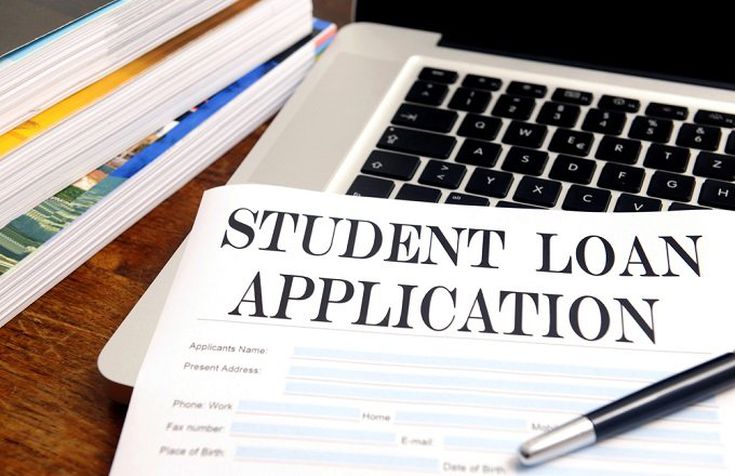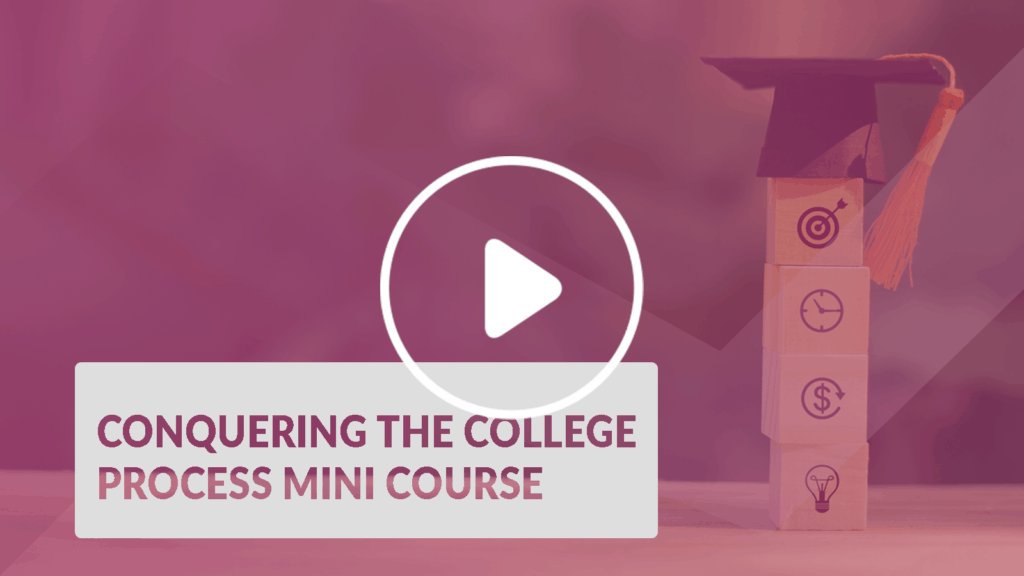I am going, to begin with, an Explanation and Understanding of Student Loans. It is necessary to look at what financing a students college education will look like if you do not actively pursue both institutional and outside scholarships. I want you to understand what you are agreeing to if and when you find it necessary to take a student loan. I also want you to know why actively seeking other alternatives in addition to scholarships would be in your long term best interest.
Common knowledge Loan facts that no one seems to know!
Student Loans are not a subject that anyone wants to think about, much less talk about. Unfortunately or fortunately depending on your point of view, they are a fact of life. However, whatever your feelings about student loans they are something everyone needs to understand before signing up for them.
To give you an idea of the magnitude that student loans play not just singularly on the borrower but on our national economy as a whole, student loans currently make up the second largest part of our national debt behind mortgages.
Understand what You are Signing Up For
Understanding the types of loans, limits on each type and requirements are important to know before you start school. I am always concerned about the number of students who take out loans every year without even knowing or understanding what they are signing up for. If you take nothing else away from here today, my greatest hope is that you are armed and educated to deal with any student loans you may need to take.
To begin with there are two different sources for student loans; Federal funding and private funding. These loans come in different shapes and sizes and have different regulations for borrowing and repayment.F

Federal Loans
Stafford Loans: The most common type of federal loan that makes up approximately 80% of federally funded loans. These loans are available to students directly from the federal government under a program called The Federal Direct Student Loan Program or FDSLP. Stafford loans are available to all students in one form or another or both. There is no requirement for credit checks or collateral.
Subsidized
Subsidized Stafford Loans: These are by far the best loans if you can get them. Subsidized loans are just what they would imply they are subsidized by the government. The interest that accrues over the course of a student’s schooling is paid for by the government. However, a student must qualify financially in order to receive this type of loan. These loans also have a maximum borrowing amount each year. The qualifications for this type of loan are as follows.
These loans are typically reserved for people (parents or guardians) reporting 50,000 or less on their tax return. That is an approximate figure as the FAFSA (to be discussed further in another post) calculations that determine your eligibility are difficult to know.
Subsidized Loan Limits
IF you pass the first qualification then you will be limited to the amount you are allowed to borrow each year as follows:
· Freshman year: $3,500.00
· Sophomore year: $4,500.00
· Junior year and beyond: $5,500.00
· For a combined total of no more than $23,000.00 cumulatively.
Subsidized loans usually carry about a 5.0% interest rate which will kick in approximately six months after graduation. There are options for consolidating and the student in effect starts off after graduation with a car payment at an optimum interest rate.

Unsubsidized
Unsubsidized Stafford Loans: These loans as the name implies are not subsidized by the government, in other words, these loans begin to accrue interest when you sign up for them. For example, if you take a $2,500.00 loan as a freshman at 5.0% interest you will owe approximately $2,625.00 by the beginning of your sophomore year. If you take another $2,500.00 your sophomore year you will owe approximately $5,250.00 by the beginning of your junior year and so forth. In short at $2,500.00 a year for four years you will owe approximately $11,000.00 if you graduate in four years. This is relatively inexpensive money, but most students don’t comprehend how the interest can multiply. There are many limits and restrictions to the amount you can borrow on these loans as well.
- The unsubsidized loans range from $5,500 to $12,500 per year depending on your year in school and whether or not the student is claimed on the parents’ tax return. There are other stipulations regarding dependent, independent, and whether or not parents are eligible for PLUS loans. Not necessary to our discussion today.
- These loans usually carry about a 5.0% interest rate and the interest accrues while the students are in school. In most cases, the loan payments are deferred until roughly six months after graduation.
- Some additional limits and restrictions tie into these loans regarding Graduate and Medical School. We are only dealing with the undergraduate loans here but be aware that undergraduate loans do affect the overall maximum loan amounts available to each student.
Consolidation Loans
Direct Consolidation Loans: This is a subject to address when the students are finishing school. I do want to point out that when they are nearing completion you may want to look at a Direct Consolidation Loan. This is only available on Federal Loans and is not available on private ones. There are pros and cons to this path. You need to be aware that the loans they may take while in school will come from a number of different lenders as often as every semester. This creates

who to choose when consolidating
Sometimes Loans are Necessary in order to continue or complete your education. If you have taken loans and are nearing school completion or have finished school, you need to be aware there are a number of different options if you decide on a debt consolidation loan. I urge you to take the time to look at many different lenders and what they have to offer. Read the fine print and look for those with the best long-term fixed rates. I am not a financial expert so I encourage you to do your research. One of the best articles I have found comparing consolidation loan options was written by Money magazine. The article is called “9 Best Student Loan Refinance Companies of 2021” and I encourage you to take a look if you are considering this option. Click on the link above and it will take you directly there.
Parents Should Know
This brings me to one VERY IMPORTANT POINT. Parents you may not be aware but if your student is eighteen when they start college they do not need your consent to sign for any of these loans. What this means is that Johnny or Susie can walk into the financial aid office and sign up for 1,000 to 100,000 worth of loans without your knowledge or consent. If you find information like this helpful, sign up for our weekly newsletter to stay updated.
Parent Loans
PARENT PLUS Loans: These loans are the parent version of the Federal Loan. These loans are for dependent undergraduate students funding directly through the federal government. The interest rates are higher from the start, although still better than most bank loans currently about 6.5% and it accrues the entire time the student is in school. There is a six-month grace period after the student graduates or drops below half-time credit hours. The funds can be used for any educational expense. There is no limit to the amount the parents may borrow.
Perkins Loans: You may have heard of Perkins loans and they were another federally funded loan. They are no longer available as of the 2017/18 school year and are only mentioned here so that you are aware they are no longer an option.
Important Note
ALERT: Something you need to remember. If your student drops to half time or below credit hours the clock will start ticking on repayment and the loans will start coming due six months later.P
Private Education Loans
Private Education Loans: Sometimes referred to as alternative educational loans are not the option you want if at all possible. These loans are very similar to personal loans and although they do tend to have better interest rates than personal or credit card loans they are still much higher than the federally funded ones. Many have variable interest rates rather than fixed and many are due and payable while the student is still in school.

Please Consider Other Sources of Income
I am sure this was far more information than you really cared to hear but better to be aware of the situation and educated on the subject rather than blindly signing away you or your student to a lifetime of loan payments. I often encourage students to take a job on campus to cover books and other costs rather than to take out another loan. There are other ways to cover college costs as well once you are in school, this is a subject we cover in depth in the course. It is entirely too easy for the students to sign up for these loans when a small amount of time or effort could reduce the number of years they are tied to a student loan payment after school is over.
Consequences for default
One other issue with loans that I feel is very important to keep in mind as it could be quite life-altering is the ability to pay them back. I mention this because it is becoming more and more common on a state level to revoke or refuse to renew professional licenses if someone is in arrears on their student loans. This includes nurses, doctors, dentists, accountants, attorneys, veterinarians, and anyone else who needs a license to remain employed.
Check out my post on FAFSA, if you qualify this is a grant you do not have to pay back.
This is your incentive to aggressively take on the college process from this point forward!
Until Next Time
Get With The Program,


